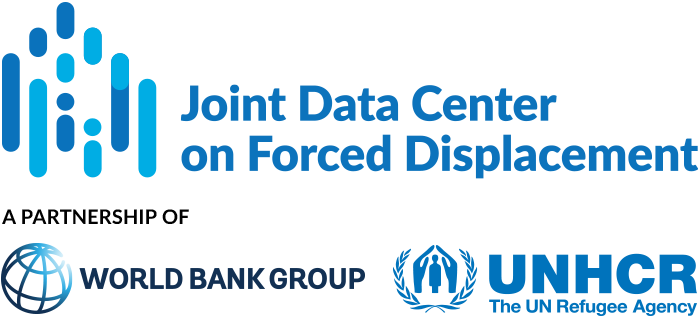This paper examines the association between post-displacement stressors and mental health outcomes among Rohingya refugees in Cox’s Bazar, Bangladesh.
JDC Literature Review
Systematic human rights violations, traumatic events, daily stressors and mental health of Rohingya refugees in Bangladesh
This article examines the relationship between systematic human rights violations, traumatic events, daily stressors, and mental health symptoms among Rohingya refugees in Bangladesh. Almost 900,000 Rohingya refugees were living in refugee camps in Southeastern Bangladesh at the time of the study.
Cash transfers amid shocks: A large, one-time, unconditional cash transfer to refugees in Uganda has multidimensional benefits after 19 months
The article examines the effects of a substantial, one-off, unconditional cash transfer to refugee families in Uganda. Uganda hosts over 1.5 million refugees and asylum seekers.
Labour market and redistributive consequences of the Syrian refugees in Turkey
This paper examines the impact of Syrian refugees on the labor market outcomes of Turkish nationals and how these effects are distributed across workers and regions. Prior to 2016, Syrian refugees did not have work permits and predominantly worked in the informal labor market, particularly in low-wage, labor-intensive sectors such as construction and agriculture. Even after work permits became available, they were limited in practice.
Understanding the Dynamics of Refugee Impact on Employment: Evidence from Northern Uganda
This paper explores the impact of refugees on local employment opportunities in Northern Uganda. Uganda hosts more than 1.5 million refugees, with around 1 million from South Sudan.
Why do states give refugees the right to work?
This article investigates why some low- and middle-income countries give refugees the right to work, while others do not. The authors disaggregate the right to work for refugees into the de jure right (rights in law) and the de facto right (rights in practice). They argue that the central government determines the de jure right to work, while local governments determine the de facto right to work.
Local Responses to Climate Change and Disaster-Related Migration in Solomon Islands
Communities in Solomon Islands are acutely vulnerable to the effects of climate change. Eighty percent of the population live in coastal areas vulnerable to sea level rise, coastal erosion, saltwater intrusion, and severe weather events such as drought, tropical cyclones, and flooding. Most services, infrastructure, and agricultural production are also concentrated in these vulnerable coastal areas. Climate-related displacement due to natural disasters is already occurring, including relocation of whole communities from low-lying atolls to urban areas, as well as some rural-to-rural migration.
Social integration of Syrian refugees and their intention to stay in Germany
This paper analyzes the determinants of social and economic integration of Syrian refugees and the impact of social and integration on refugees’ decision to remain in Germany. Germany hosted almost 600,000 Syrian refugees between 2014 and 2016.
Dynamic Effects of Co-Ethnic Networks on Immigrants’ Economic Success
This paper estimates the causal effect of co-ethnic networks on the economic success of immigrants in Germany. The analysis draws on longitudinal data of immigrants in Germany from the IAB-SOEP Migration Sample, a yearly survey of immigrants in Germany beginning in 2013, for individuals who are linked to IEB (Integrierten Erwerbsbiografien), the German social security archive that includes information on immigrants’ labor market history after arrival in Germany.
The labor market integration of Syrian refugees in Turkey
This paper examines the labor market integration of Syrian refugees in Turkey. Since 2018, Syrian refugees in Turkey have numbered more than 3.6 million.


